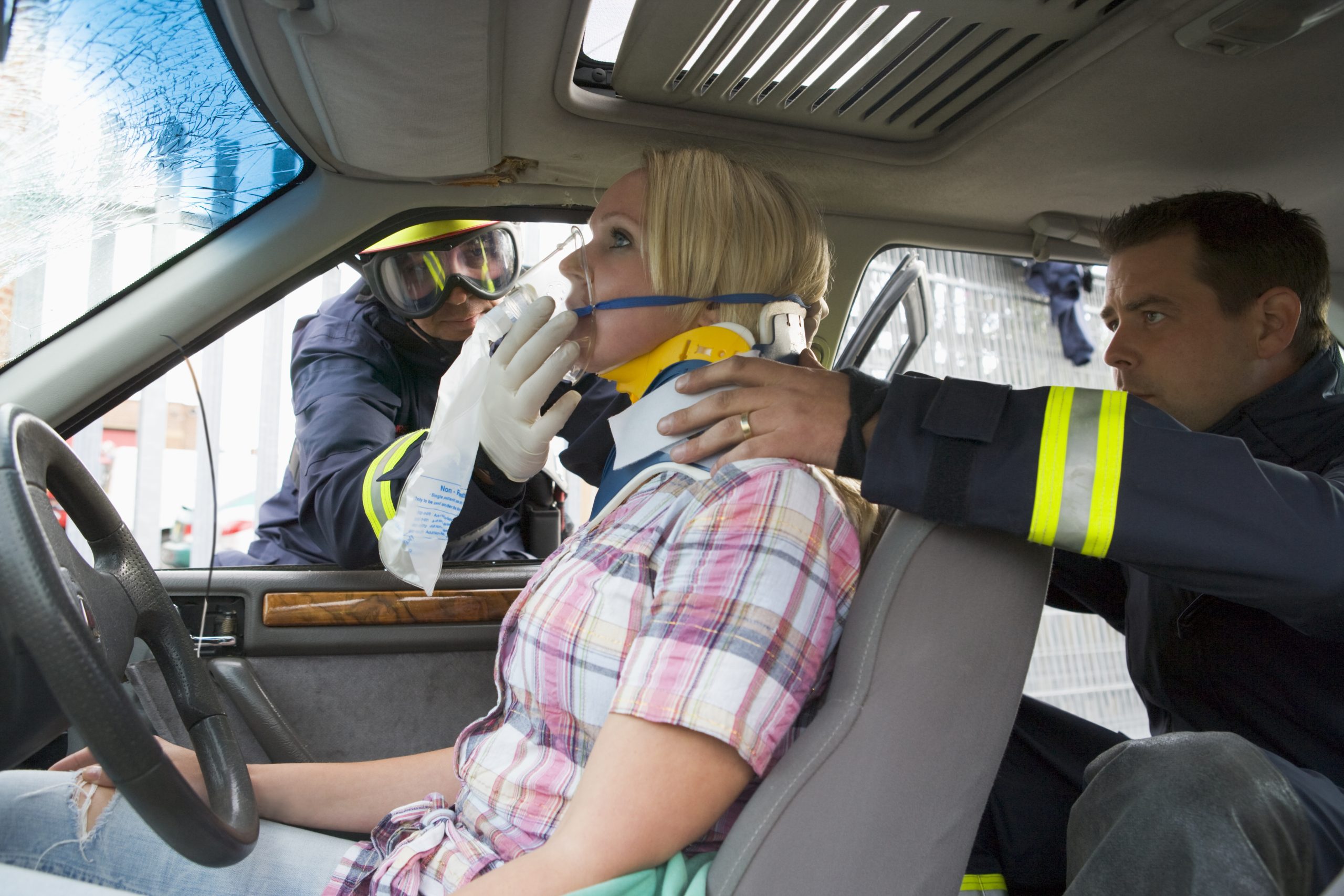Welcome to the ultimate urban survival checklist. In this article, we will cover everything you need to know about preparing for an emergency situation in an urban environment. Whether it’s a natural disaster or a man-made crisis, being ready for anything is essential for your safety and wellbeing. Let’s dive right into it!
Introduction to Urban Survival
Urban survival requires a different approach than traditional wilderness survival. The city poses unique challenges such as limited resources, high population density, and potential security risks. However, with proper planning and preparation, you can increase your chances of surviving any type of emergency situation.
Essential Gear for Urban Survival
When it comes to urban survival gear, there are several items that you must have on hand at all times. These include:
1. A reliable flashlight with extra batteries
2. A multi-tool or knife
3. Water bottles and a water filtration system
4. Non-perishable food items like energy bars or trail mix
5. First aid kit with basic medical supplies
6. Map and compass (or GPS device)
7. Whistle to signal for help
8. Emergency blanket or sleeping bag
Building a Bug-Out Bag for the City
A bug-out bag is a crucial component of any urban survival plan. It should contain everything you need to survive for 72 hours during an emergency situation. Here are some essentials to include in your bug-out bag:
1. Water bottles and a water filtration system
2. High-energy snacks like nuts or jerky
3. First aid kit with basic medical supplies
4. Flashlight with extra batteries
5. Multi-tool or knife
6. Maps and compass (or GPS device)
7. Emergency blanket or sleeping bag
8. Rain jacket or poncho
9. Sturdy footwear
Creating a Communication Plan
Communication is key during an emergency situation. Make sure you have a communication plan in place with family members or friends beforehand. This could be something simple like a designated meeting spot or a phone tree to keep everyone informed. You may also want to consider investing in a portable radio or walkie-talkies to stay up-to-date on news and updates from local authorities.
Finding Shelter and Staying Warm
In an urban setting, finding shelter can be tricky. Look for sturdy buildings or structures that can provide protection from harsh weather conditions. If possible, try to find a location near public transportation routes so you can easily move around if necessary. To stay warm, bring extra layers of clothing and blankets or sleeping bags. You may also want to consider starting a fire using dry wood or other combustible materials. Just make sure to follow safe burning practices and avoid starting fires inside enclosed spaces.
Sourcing Food and Water in the City
During an emergency situation, accessing clean drinking water and food can be difficult. Start by stockpiling non-perishable food items like canned goods or granola bars. Also, make sure to fill up containers with freshwater before an emergency strikes. If needed, you can use rain barrels or collect water from nearby sources like lakes or rivers. Just remember to boil or purify the water before consuming it.
Conclusion
Being prepared for any type of emergency situation is critical for your safety and wellbeing. By following these tips and creating a comprehensive urban survival plan, you can rest easy knowing that you’re ready for whatever life throws your way.
